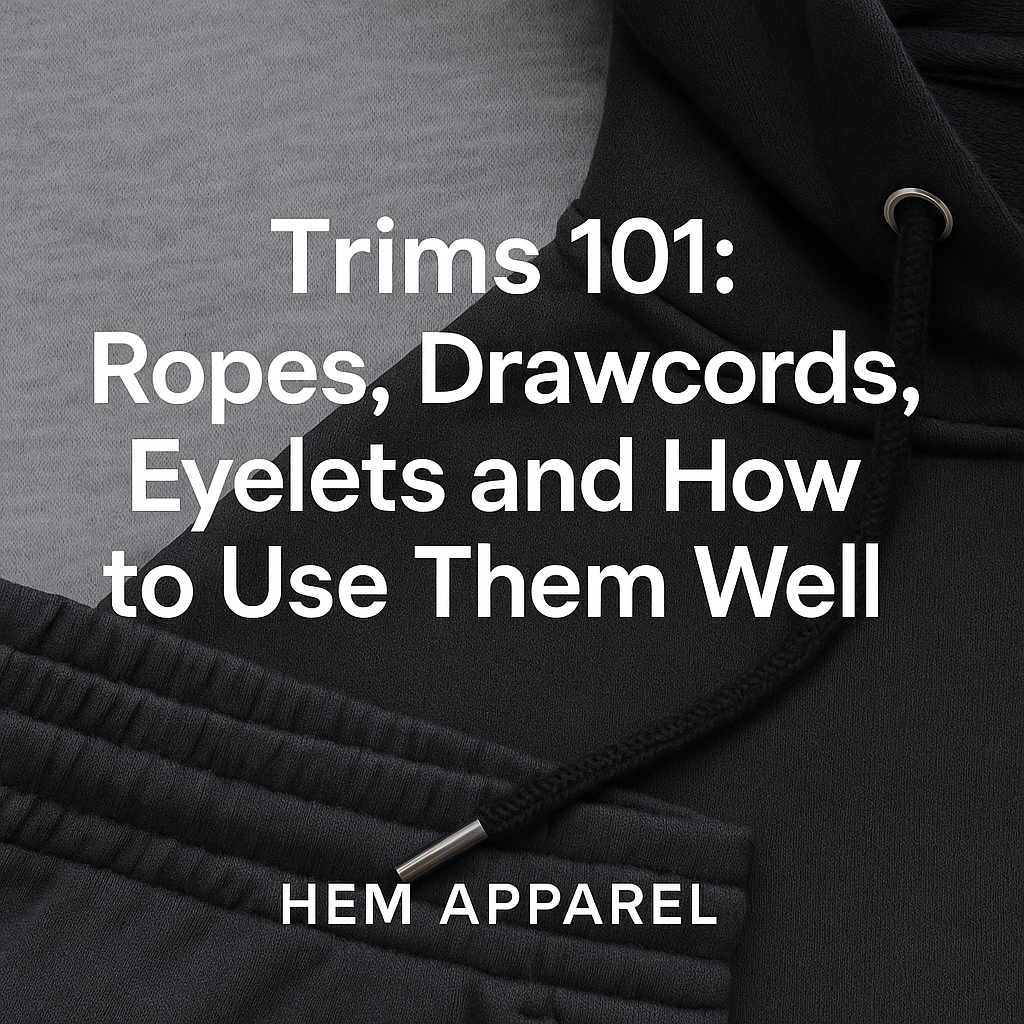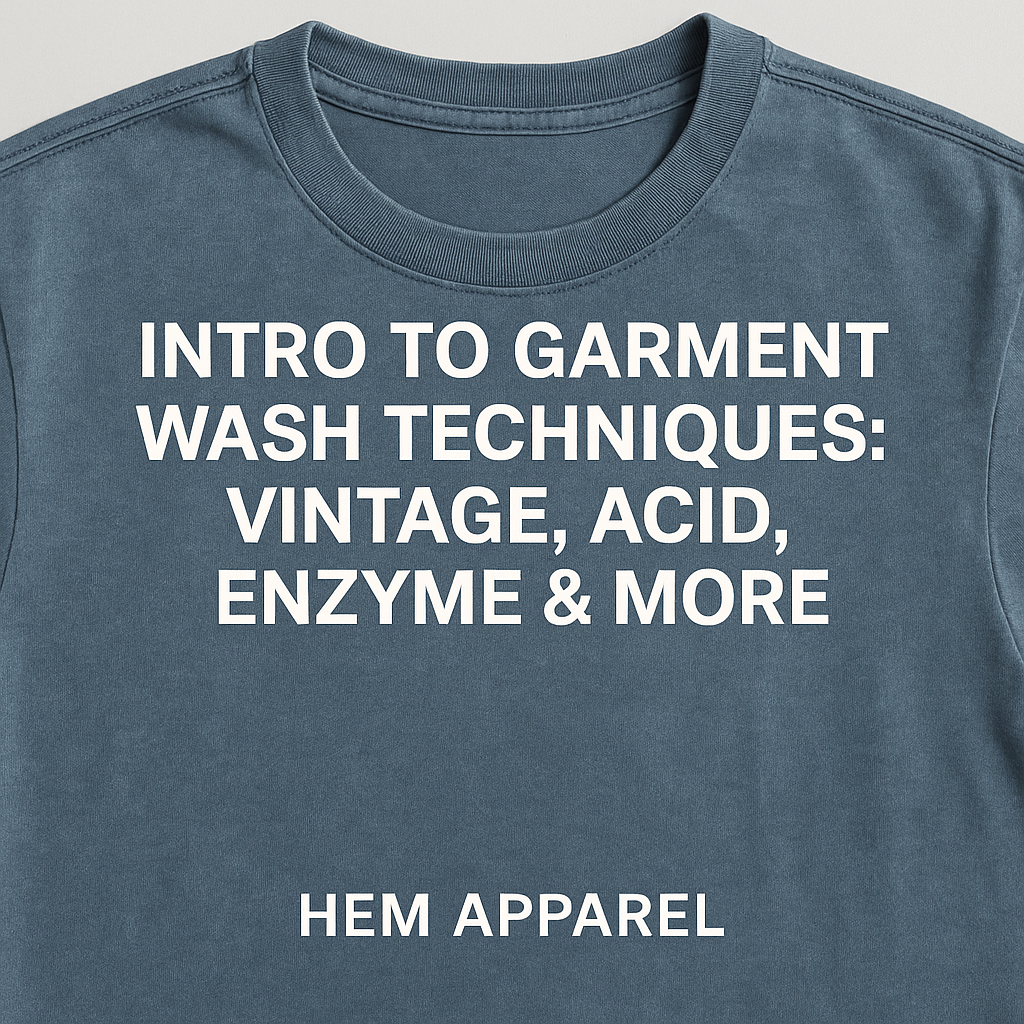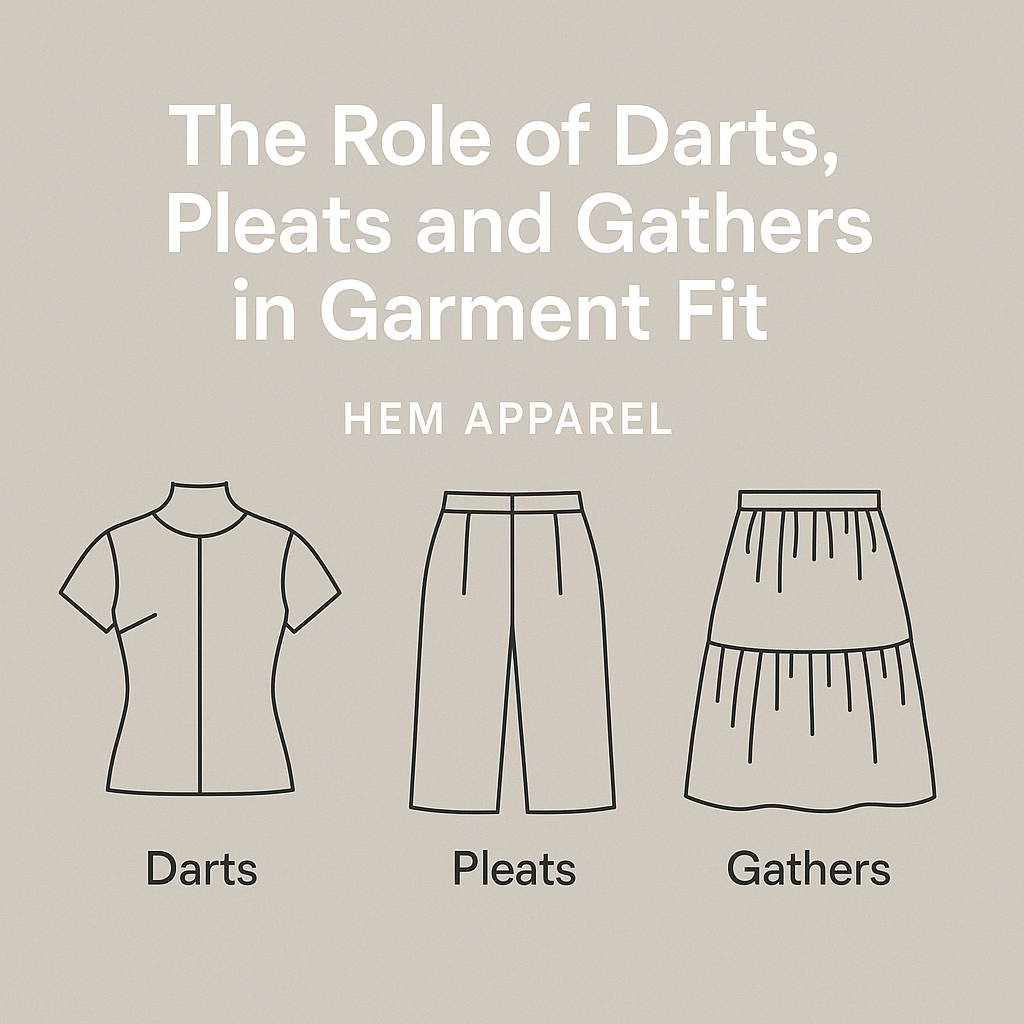Not all heavy-duty fabrics are the same.
If you're producing workwear, utility pants, or outerwear, chances are you're considering twill or canvas.
They may look similar — but perform very differently.
At HEM APPAREL, we work with both twill and canvas in OEM projects. Here’s how to choose the right one for your brand.
🧵 What is Twill?
Twill is a woven fabric made with a diagonal weave pattern — you’ll often see the trademark “slant” in the texture.
Traits:
-
Softer drape than canvas
-
More flexible and wrinkle-resistant
-
Common in chinos, lightweight jackets, uniforms
✅ Best for: Products that require movement or a more polished finish
🧱 What is Canvas?
Canvas is a plain weave, usually made from heavy cotton or cotton blends.
Traits:
-
Stiff and rugged
-
High abrasion resistance
-
Often used in tote bags, utility jackets, work pants
✅ Best for: Durability-focused garments or structured silhouettes
🔍 Side-by-Side Comparison
| Feature | Twill | Canvas |
|---|---|---|
| Weave Type | Diagonal twill weave | Plain weave |
| Feel | Softer, smoother | Rougher, more rigid |
| Structure | Flexible | Structured, holds shape |
| Common Use | Chinos, light jackets | Workwear, outerwear, bags |
| Print Compatibility | Takes print well | Better for solid colors |
🧠 HEM APPAREL’s Tip:
-
For streetwear-style cargo pants or chore jackets → go for twill if you want comfort, canvas for rugged edge
-
For printed styles, twill often gives cleaner results
-
We recommend brushing or enzyme-washing canvas to soften it without losing structure





